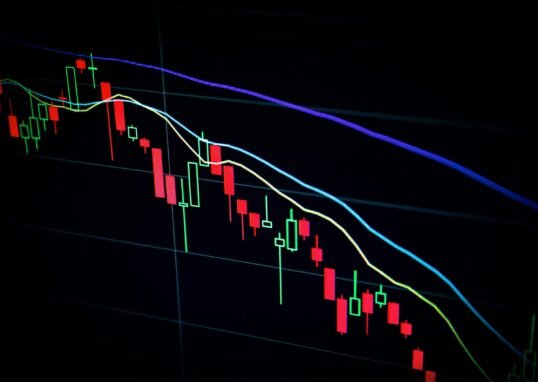
Trading indicators play a crucial role in the world of financial markets. They are powerful tools used by traders to analyze market trends, identify potential entry and exit points, and make informed trading decisions. In this article, we will explore what trading indicators are, how they work, and how they can assist traders in their quest for success.
What are Trading Indicators?
Trading indicators are mathematical calculations based on historical price, volume, or other market data. They are used to provide insights into market trends, volatility, momentum, and other key aspects that influence trading decisions. These indicators are plotted on price charts and help traders identify potential opportunities and risks.
There are various types of trading indicators, each with its own unique formula and purpose. Some of the most commonly used indicators include moving averages, oscillators, trend lines, and support and resistance levels.
How Trading Indicators Can Help
Trading indicators offer several benefits to traders, enabling them to make more informed and strategic decisions. Here are some ways in which trading indicators can assist traders:
1. Market Analysis:
Indicators provide traders with valuable insights into market trends and patterns. By analyzing these trends, traders can identify potential entry and exit points, predict market reversals, and make more accurate predictions about future price movements.
2. Confirmation of Signals:
Trading indicators can help confirm signals generated by other trading strategies or techniques. For example, if a trader uses a trend-following strategy, they can use indicators like moving averages to confirm the direction of the trend and validate their trading decisions.
3. Volatility Measurement:
Volatility is a key factor in trading, as it determines the potential profit or loss in a trade. Indicators such as Bollinger Bands or Average True Range (ATR) can help traders measure and assess market volatility, enabling them to adjust their trading strategies accordingly.
4. Overbought and Oversold Conditions:
Oscillator indicators, such as the Relative Strength Index (RSI) or Stochastic Oscillator, can help traders identify overbought or oversold conditions in the market. These conditions often indicate potential reversals or corrections, allowing traders to enter or exit trades at more favorable prices.
5. Risk Management:
Indicators can assist traders in managing their risk effectively. By using indicators that measure volatility or provide stop-loss levels, traders can determine their risk tolerance and set appropriate risk-reward ratios for their trades.
6. Timing Entries and Exits:
Trading indicators can help traders time their entries and exits more effectively. By combining different indicators or using specific indicator-based strategies, traders can increase their chances of entering trades at optimal price levels and exiting with maximum profits.
Choosing the Right Trading Indicators
With a wide range of trading indicators available, it is crucial for traders to choose the ones that align with their trading style, goals, and preferences. Here are a few factors to consider when selecting trading indicators:
1. Understand the Indicator:
Before using any indicator, it is essential to understand its calculation method, interpretation, and limitations. This knowledge will help traders use the indicator effectively and avoid any misinterpretation of signals.
2. Consider Market Conditions:
Not all indicators work well in all market conditions. Some indicators may perform better in trending markets, while others may be more suitable for ranging or volatile markets. Consider the prevailing market conditions and choose indicators that align with those conditions.
3. Avoid Overcomplicating:
Using too many indicators can lead to confusion and conflicting signals. It is recommended to focus on a few key indicators that complement each other and provide a holistic view of the market.
4. Backtesting and Optimization:
Before using any indicator in live trading, it is advisable to test it on historical data and optimize its parameters if necessary. This process helps traders understand the indicator’s performance and fine-tune it for better results.
Conclusion
Trading indicators are invaluable tools for traders, providing them with insights into market trends, volatility, and potential trading opportunities. By understanding how these indicators work and incorporating them into their trading strategies, traders can enhance their decision-making process and improve their chances of success in the financial markets.








